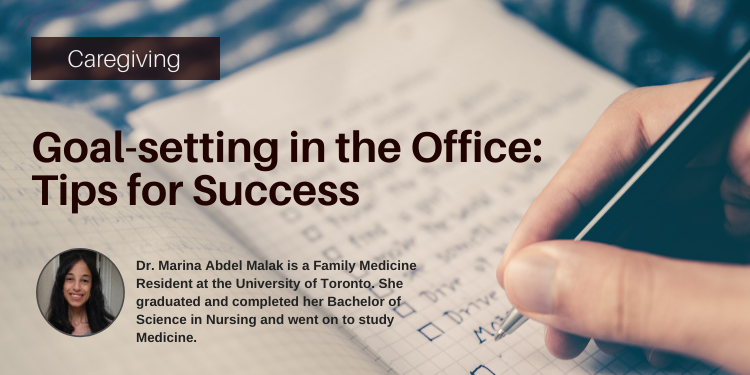Barbara Resnick, PhD, CRNP, FAAN, FAANP, Professor, University of Maryland School of Nursing, Baltimore, MD, USA.
Marcia G. Ory, PhD, MPH, Professor, Social and Behavioral Health; Director, Active for Life National Program Office, School of Rural Public Health, The Texas A & M University System, College Station, TX, USA.
Michael E. Rogers, PhD, CSCS, FACSM, Associate Professor, Department of Kinesiology and Sport Studies, Center for Physical Activity and Aging, Wichita State University, Wichita, Kansas, USA.
Phillip Page, MS, PT, ATC, CSCS, Manager, Clinical Education & Research, The Hygenic Corporation, Akron, OH, USA.
Roseann M. Lyle, PhD, Purdue University, Department of Health and Kinesiology, West Lafayette, IN, USA.
Cody Sipe, MS, Program Director, A.H. Ismail Center, Purdue University, West Lafayette, IN, USA.
Wojtek Chodzko-Zajko, PhD, Professor, Department Head of Kinesiology, University of Illinois at Urbana-Champaign, Urbana, IL, USA.
Terry L. Bazzarre, PhD, Senior Program Officer, Robert Wood Johnson Foundation, Princeton, NJ, USA.
Physical activity helps to maintain function, health, and overall quality of life for older adults. It is challenging, however, for health care providers and others who work with older adults to know what type of activity to encourage older adults to engage in, and how to motivate them to initiate and adhere to physical activity and exercise over time. The purpose of this piece is to provide an overview of physical activity for older adults and provide the resources needed to evaluate older adults and help them establish safe and appropriate physical activity programs, as well as providing motivational interventions that will eliminate the barriers to exercise and optimize the benefits.
Key words: exercise, screening, motivation, self-efficacy, outcome expectations.

